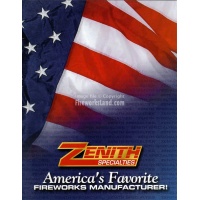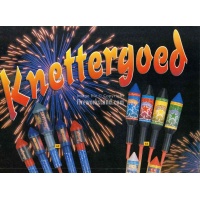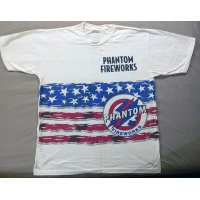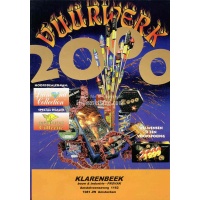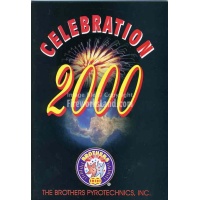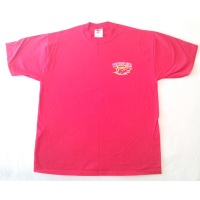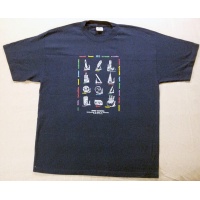Thanks to Kevin Hurt for this article.
This article is about old, collectible firecrackers and firecracker labels.
Classes based on manufacture date
In descriptions of vintage firecrackers for sale, you will see categories for firecracker labels, packs and bricks that are called “Class ___.” Here is an explanation of those classes.
It’s not the same as the legal classifications of firecrackers, which are generally 1.4G Fireworks in the United States. Instead, the classes below refer to different eras in the history of firecracker manufacturing, because the labeling styles changed at certain points.
Note that “DOT” stands for Department of Transportation, a federal agency, “ICC” stands for Interstate Commerce Commission, a federal agency which existed from 1887 to 1996, and “Class C” is the former designation for Consumer Fireworks (now called “1.4G”).
- Class I - Made before 1950. The label says, “Made in China,” or in some cases “Made in Hong Kong” or “Made in Canton.” There are no warnings on the label.
- Class II - Made between 1950 and 1954. The label says, “Made in Macau” or “Made in Portuguese Macau.” There are no warnings on the label.
- Class III - Made between 1955 and 1968. The label says, “Made in Macau” and also says either “ICC” or “ICC Class C.” There are no warnings on the label.
- Class IV - Made between 1969 and 1972. The label says, “Made in Macau” and also says either “ICC” or “ICC Class C.” This class includes warnings on the label such as “Caution: Explosive” and “Lay on ground, light fuse, get away. Use under adult supervision.”
- Class V- Made between 1973 and 1976. The label usually says “Made in China” but might say “Made in Macau” or “Made or repacked in Macau.” The label says “DOT Class C Common Fireworks.” This class includes warnings on the label such as “Caution: Explosive” and “Lay on ground, light fuse, get away. Use under adult supervision.”
- Class VI - Made between 1977 and 1994. The label says “Made in China.” The label says “DOT Class C Common Fireworks.” This class includes warnings on the label such as “Caution: Explosive” and “Lay on ground, light fuse, get away. Use under adult supervision.” The label also includes “Contains less than 50 mg. of flash powder.” However, some items from this time period are considered “Class V,” because the line “Contains less than 50 mg. of flash powder.” was not printed on the label.
- Class VII - Made from 1995 to today. The label says, “Made in China” and instead of “ICC” or “DOT,” it ways “UN 0336 1.4G” and has an extensive warning section, typically saying “Warning - Explosive” along with “Use only under adult supervision. For outdoor use only. Do not hold in hand or throw firecrackers. Place pack on ground. Light fuse and get away. Never attempt to relight a fuse. Never attempt to light firecrackers in a closed container. Never carry firecrackers in clothing.”
- “Foreign” indicates a product made for a country other than the United States, and will have different markings entirely.
- “Vanity” indicates a product that was made one time, either for one person only, or was produced one time to commemorate a special event such as a convention or anniversary of something.
Condition of items
Most people would agree that “Mint condition” means something is in the same condition it was when it was first produced at the factory. Beyond that, though, I think the condition categories are more subjective, and not nearly as cut-and-dried as the classes described above. Experienced collectors will have developed a good sense of what qualifies as “Excellent,” “Very good,” “Good,” etc.
In general, though, “Mint” is the highest grade (although in the categories in the Classifieds section, I also include “Still sealed” as a condition; which I mean as mint condition and still in its original factory cellophane wrapping. “Excellent” means only minor flaws; “Very good” means minor flaws with fading as a possible flaw; “Good” means noticeable wear, flaws or fading; “Fair” means distracting flaws, “Poor” means extreme flaws and “Damaged” means the flaws are so overwhelming that the item is worthless except as a representation of that brand, and would only have value if it is extraordinarly rare.
My categories and definitions of the conditions are not necessarily the same as other people’s, so the subjectiveness of “condition” must always be accounted for. Photos or scans of the item are far more indicative of the item’s condition than words are.

